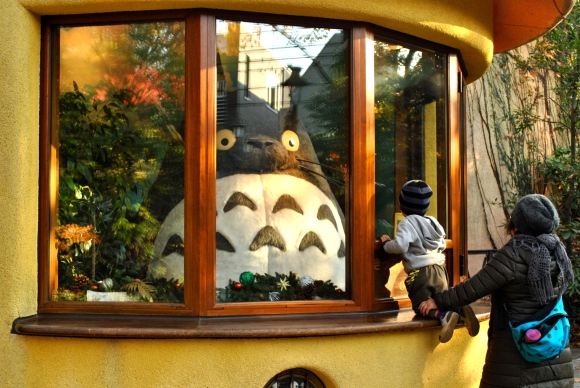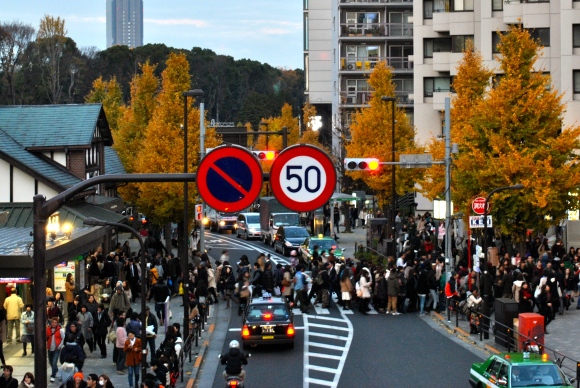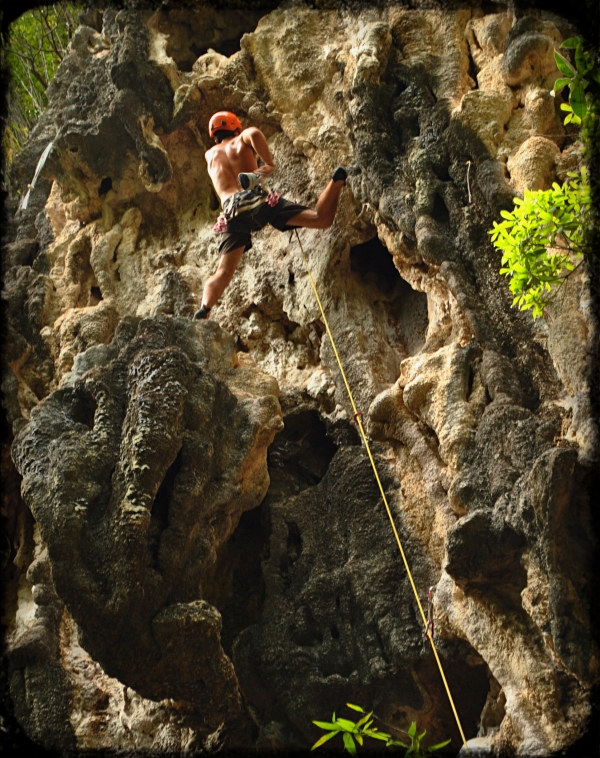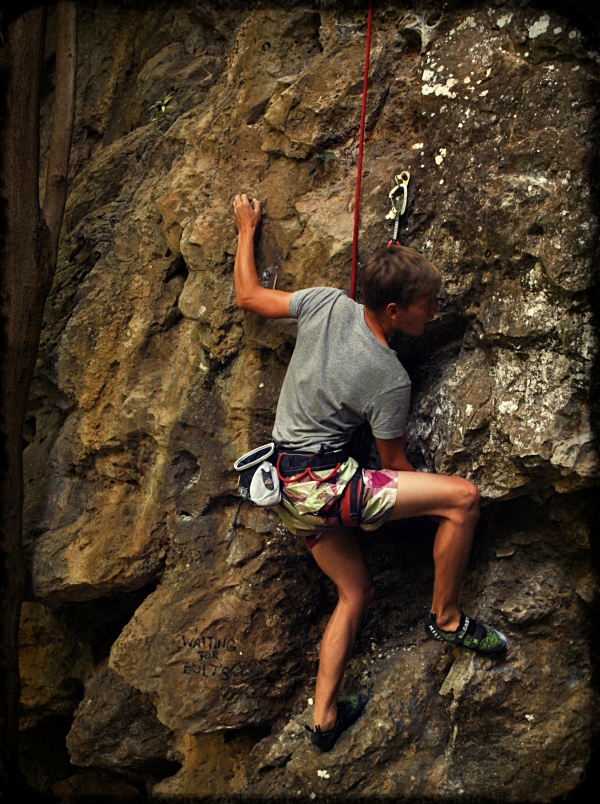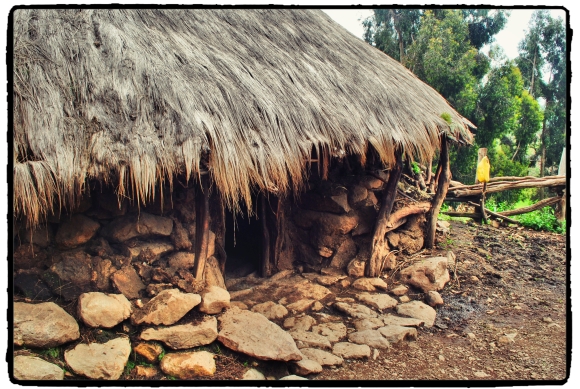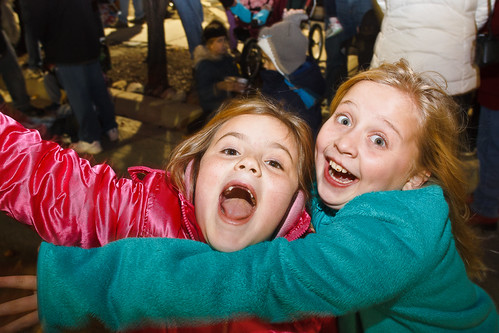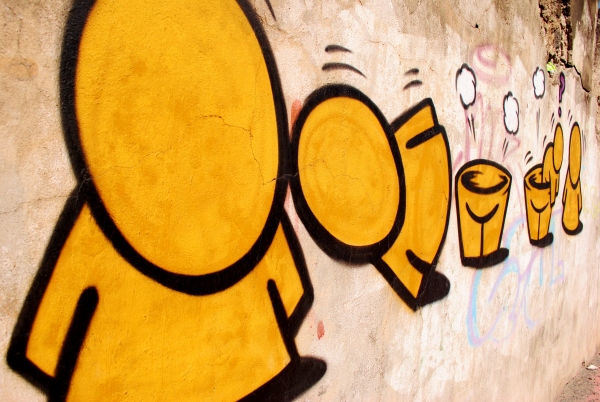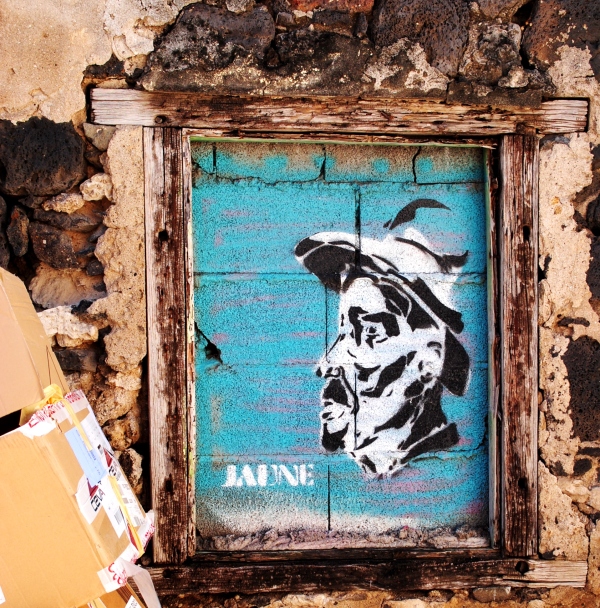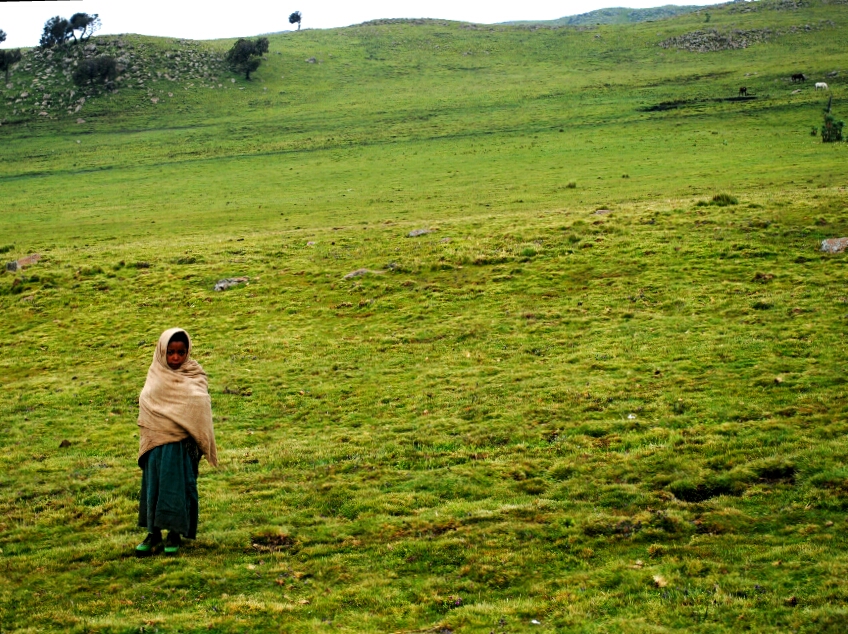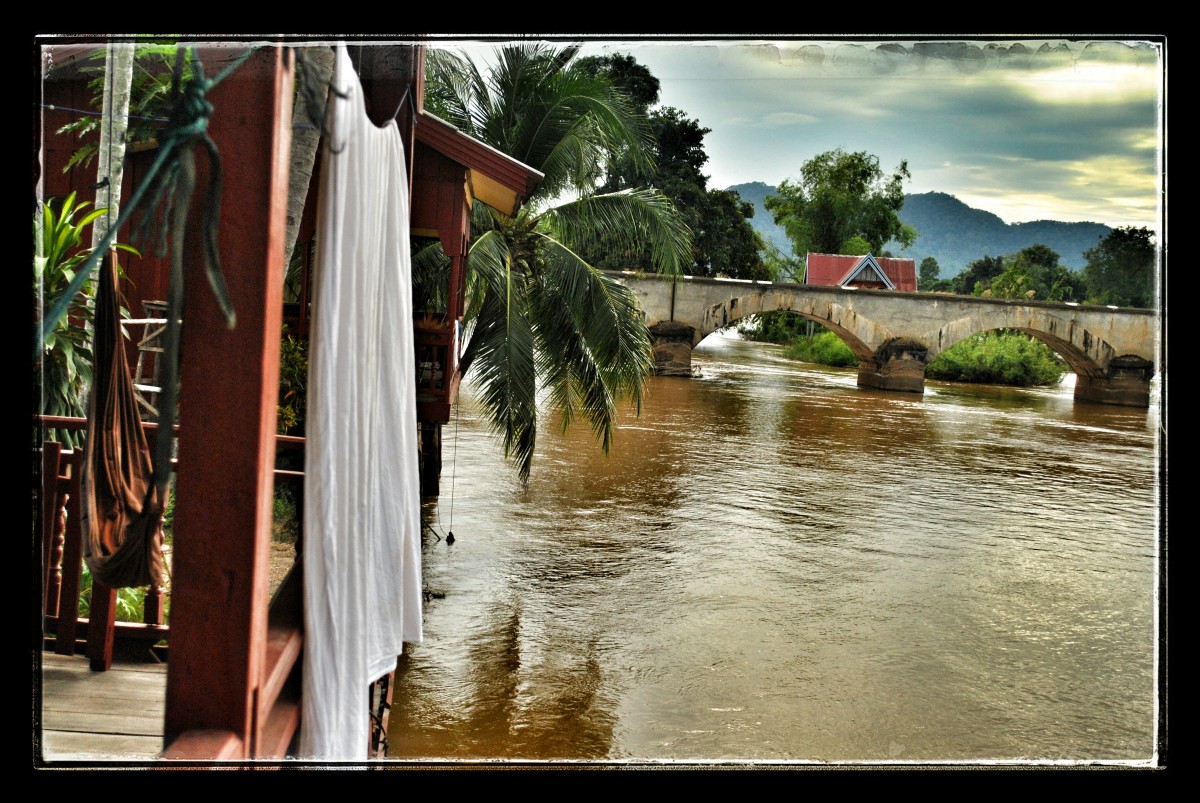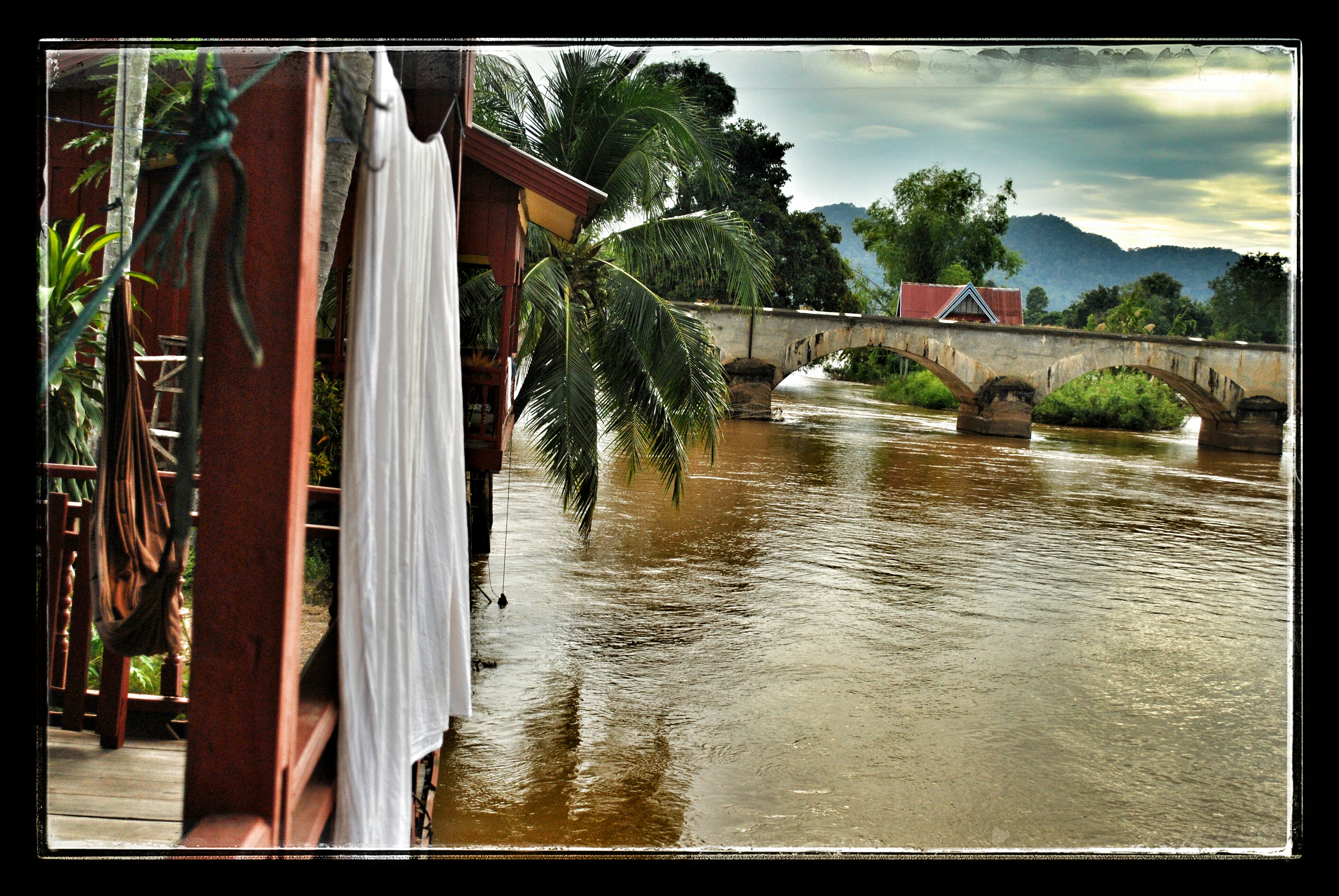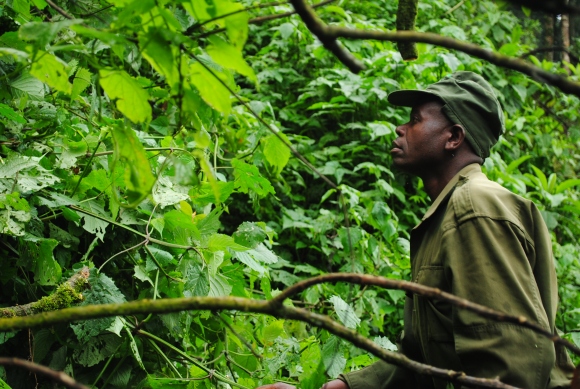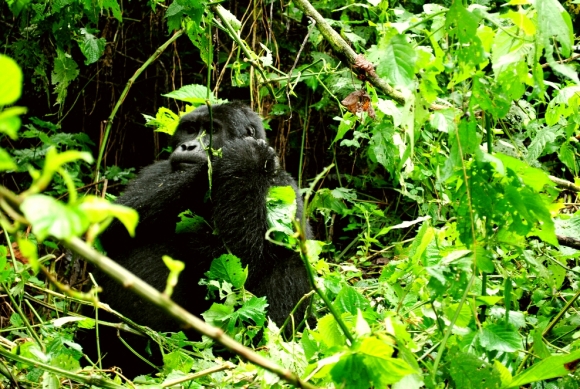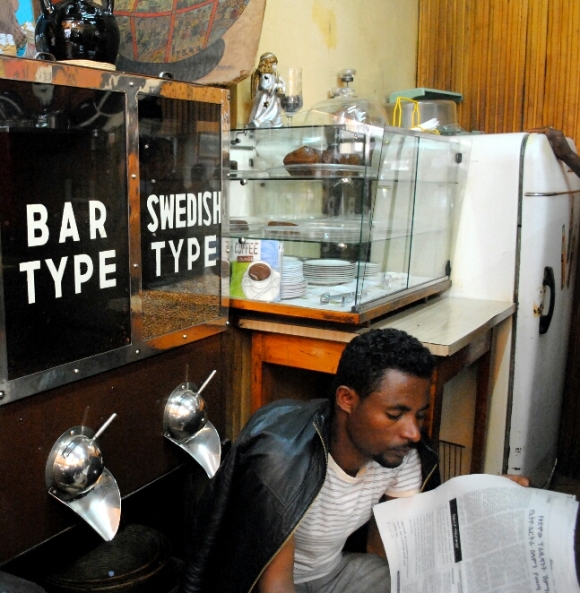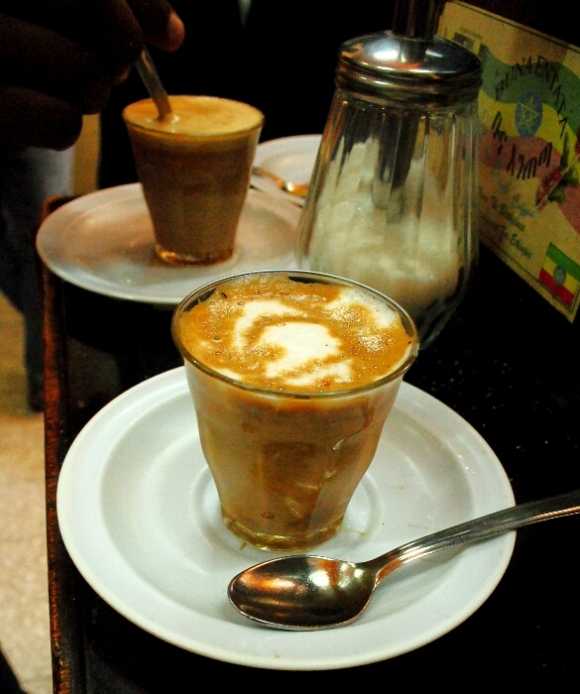
Like many San Franciscans, I don’t own a car. I bike, walk, and take public transportation or Lyft almost everywhere. Typically, this means I end up staying within a mile radius of my house (the Mission, Castro, and Noe Valley) even though I know the city has so much more to offer.
So one night, after a flurry of referrals that landed me 13 Lyft ride credits that were all expiring within a month, Jon and I decided to pop our Mission date bubble and venture out to all the areas of San Francisco that we never go out in.
When Friday night rolled around, we knew all the things to do here, so left our Mission home for the ultimate San Francisco date night, powered by a series of Lyft rides.
Stop One: Drinks and Appetizers at Two Sisters Bar and Books in Hayes Valley
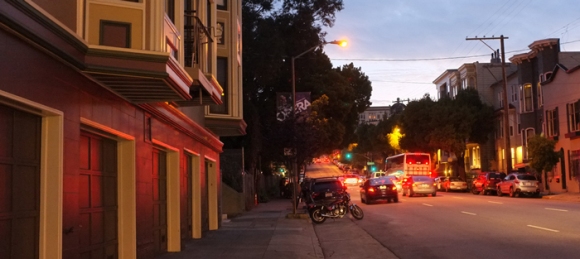
Our first stop was in neighboring Hayes Valley at Two Sisters Bar and Books for a couple of cocktails and an appetizer to start off the night.
Though on the pricier side, they do have a solid happy hour deal and a cozy, bookish vibe that the bibliophile in me couldn’t resist. The bar was started, as the name suggests, by two sisters who were inspired by “an incredible bookstore in Krakow; a quintessential coffee-house in Vienna; [and] a neighborhood bar in Paris.” Once we entered, it all made sense.
Unfortunately, we arrived a little too late for happy hour (whoops!) and at 7 on a Friday, all of the seats were already taken by a hip-yet-artsy crowd. Still, the ambiance was as promised, so we settled in to a corner in the back, ordered up a couple of cocktails, pickles, and chicken wings.
The low lighting and patterned wallpaper felt romantic and the cocktails were delicious. Like many of the neighboring bars and restaurants in Hayes, it had a decidedly European (and non-Mission) feel to it.
“Man, the bartenders here are just so… nice,” Jon said as he put down his empty glass and I took out my phone to call our second ride of the night.
Stop Two: Dinner at Shanghai Dumpling King in Outer Richmond
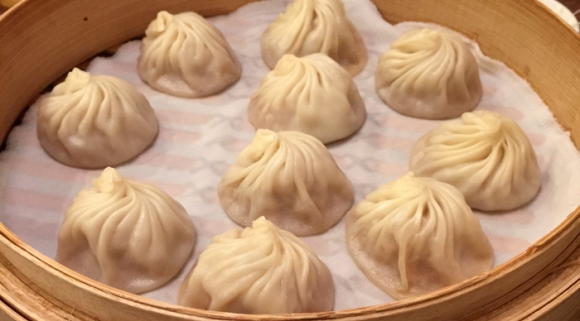
If you like Chinese food, San Francisco has a lot of great and authentic options, several of which are in the Richmond. It’s a far trek for Mission-dwelers who are happy to have the cultishly famous Mission Chinese as their go to, but worth it if you’re craving one thing in particular: soup dumplings. I’d never had one before (ever!) so, in the spirit of trying new things, we headed to Shanghai Dumpling King for our main course.
Ironically, we caught a ride with an SFU college student who lived in the area and was saving money to teach English in Shanghai after the semester ended. Jon chatted about the semester he spent studying there. Call it a sign if you want, I’ll let it be a “mood builder”.
After a conversation filled, twenty minute drive, we arrived at Shanghai Dumpling King and joined the line of dumpling fans to get a table.
“It’s a 15 minute wait,” the server told us — an unusually short wait time for a popular San Francisco dinner spot. Even better, the line moved fast and efficiently, and before we were even seated the server asked us for our order. Jon took charge and ordered in Chinese.
“What did you get?” I asked.
“Soup dumplings… and something else. I have no idea what I ordered, but the guy recommended them so I just said yes.” He said.
We’d figure out later that he had ordered a classic Shanghai style pork dumpling (more than fine by me!) The food came fast. I giggled as Jon taught me how to properly pick up a soup dumpling, bite off the top, and pour sauce into it. Within 10 minutes, we’d hungrily gobbled down a dozen and a half dumplings and were ready to move on to stop three before it closed.
Stop Three: After Dinner Drinks at Cliff House at Ocean Beach

Which brings us to a San Francisco classic: drinks at the Cliff House, a former amusement park, now restaurant and bar, that overlooks the Pacific Ocean on — you guessed it — a cliff. We normally pass it on long bike rides but since it’s so far away never considered it as a potential spot to grab a drink at.
Unlike our first two stops of the night, we didn’t go there for the food and drinks per say, but rather its reputation for being a San Francisco landmark and its view of the Pacific. Even with the sun long ago set, we could see the dark waves crashing onto the shore below our window side table.
Full of dumplings, we sat and sipped a glass of Merlot while a jazz band set up stage. Jon began looking up the history of the Cliff House online.
“It’s the same guy who owned Sutro Baths,” Jon said. I tried to imagine how it must have looked and felt to be here back in its original form.
Not long after, the band began playing old 20s classics, further solidifying the old-timey atmosphere of the place. I felt a world away from home.
We felt even more remote when, after finishing our Merlots, we realized we were so far away from other people that it would take a full 10 minutes for our driver to arrive. It was time to start heading back in the direction of the Mission.
Stop Four: A Scenic View (sort of) at Twin Peaks

However, we didn’t exactly choose a less remote part of town. Before rounding off our impromptu culinary tour of San Francisco with dessert, we wanted to try and catch a glimpse of the city at night.
“Where ya headed?” our driver asked.
“Twin Peaks,” we said and got in.
Quickly, we had abandoned the flat expanse of the ocean for a steep ascent up to the second tallest hill in San Francisco (quite a title in this city). Neither of us had been there at night before and had high hopes of looking out over a glistening, nighttime, cityscape.
However, as we got to the top a heavy fog kept our driver from seeing too far in front of him and us from seeing what would have otherwise been a beautiful view of the city (damn you, Karl!) Nevertheless, we had made it so we dutifully stepped out, shivered for a minute while staring into haze of lights we could see before getting back in the car.
“Where to now?” Our driver asked.
“Foreign Cinema, in the Mission.” We said.
Stop Five: Dessert at Foreign Cinema in Mission

Of course, however stuck in our little neighborhood we may get, there’s still so much to explore just around our house, so many places we’ve yet to try that are right around the corner.
For me at least, one of these places was Foreign Cinema, a bar / restaurant known for the giant movie screen backdrop that plays old and foreign films while diners eat and chat.
We ordered our final round of drinks and a cheese plate for dessert.
“The food here isn’t that good,” Jon said. (To be fair, Foreign Cinema’s ratings are good, I’ve still never eaten anything there, and Jon has unusually high standards — so, if you’re a Foreign Cinema fan… or employee… I apologize.)
“Well, I guess you can’t mess up a cheese plate, right?” I said.
Food quality aside, I liked the space. Tables are set up in a backyard garden to the backdrop of its large movie screen. Heat lamps keep the outdoor patio warm on cool San Francisco nights while strings of lights give the space a truly warm and welcoming air. It was a refreshing place to end the night.
Stop Six: Home.

Feeling tired, tipsy, and a little lazy, we called our final Lyft to take us the final mile home… and sleep.
It’s now been a few months since our little adventure, and it’s still one of my favorite memories of San Francisco so far. This is mainly because it was one of the few times I dedicated to trying to see as much of it as possible in a short amount of time. I was exploring my city as I would any other new city in the world.
Travel doesn’t always have to take us to some faraway, exotic place. Sometimes, it just means driving a few miles down the road to a new bar, or restaurant, or lookout point. As long as you’re open to discovering it, there’s so much to explore in your city. And if you don’t already have it, sign up for Lyft now, grab a couple of free rides, and let me know how you used them to see something or somewhere new!
Photo credits: Christian Arballo
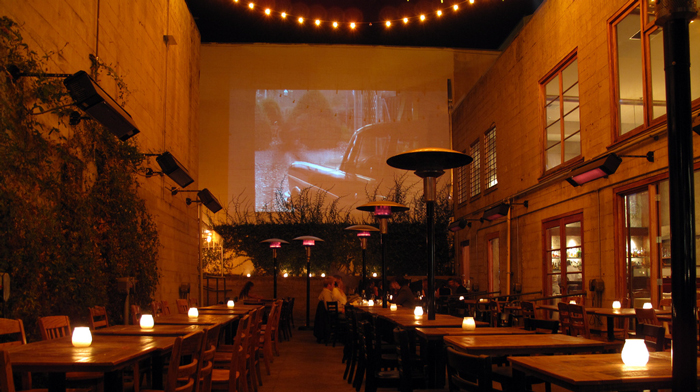

 Since returning home from the Peace Corps in December 2013, I had just barely wrapped my head around all the new iPhone apps and food choices at my disposal by the time 2014 rolled in.
Since returning home from the Peace Corps in December 2013, I had just barely wrapped my head around all the new iPhone apps and food choices at my disposal by the time 2014 rolled in.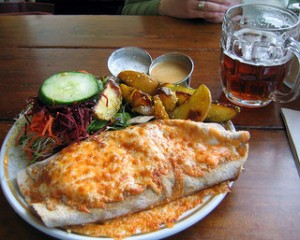
 I was gone for almost two and a half years in my early to mid-20s; an age when most people try to define their identities as adults. Not teenagers, not college students, but adults.
I was gone for almost two and a half years in my early to mid-20s; an age when most people try to define their identities as adults. Not teenagers, not college students, but adults. 

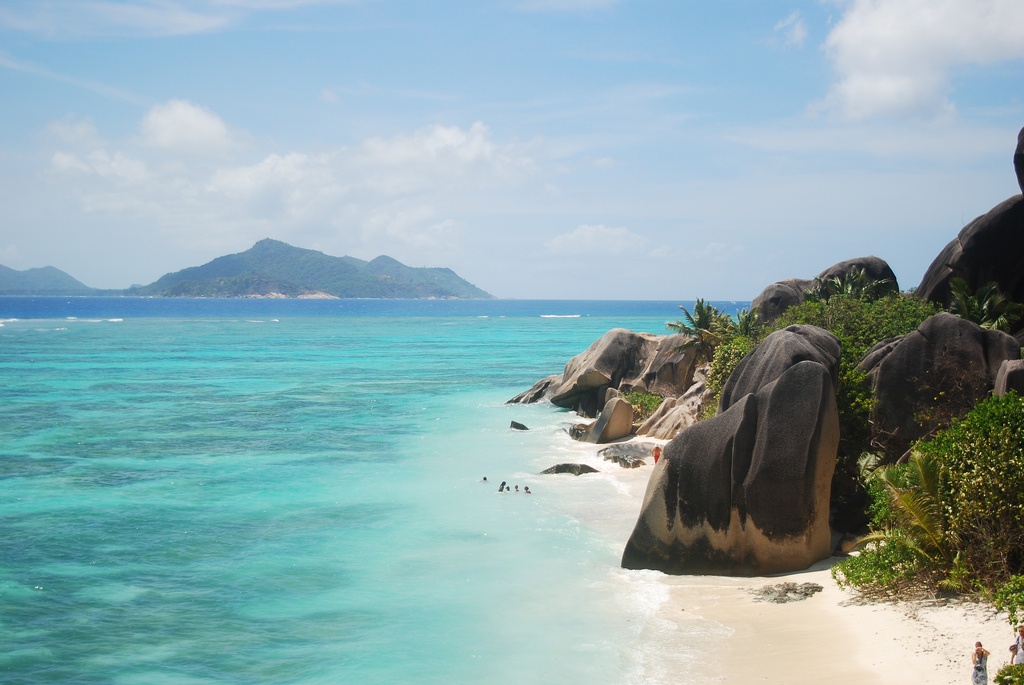












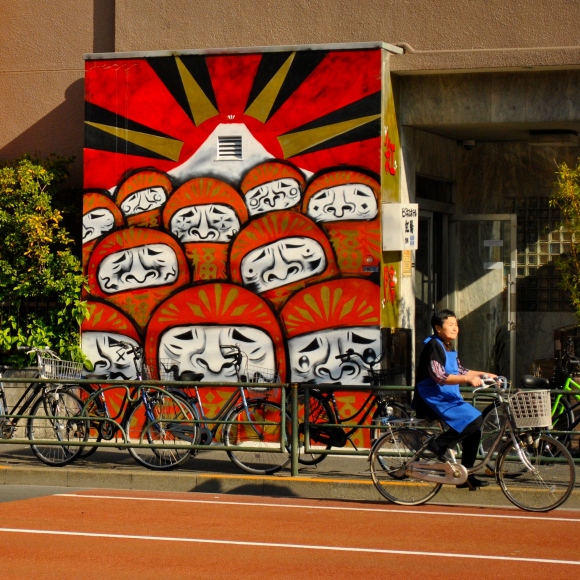

 Eating Japanese food
Eating Japanese food